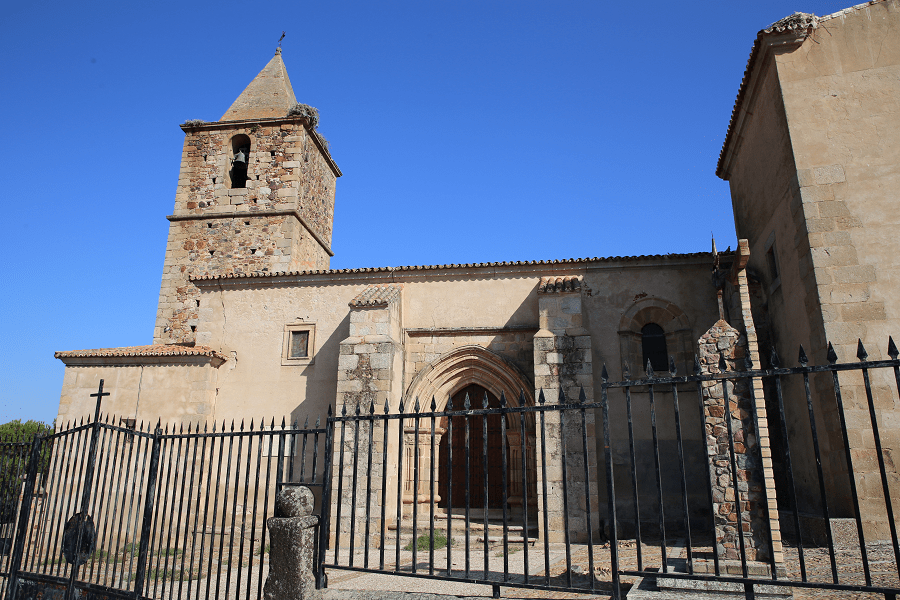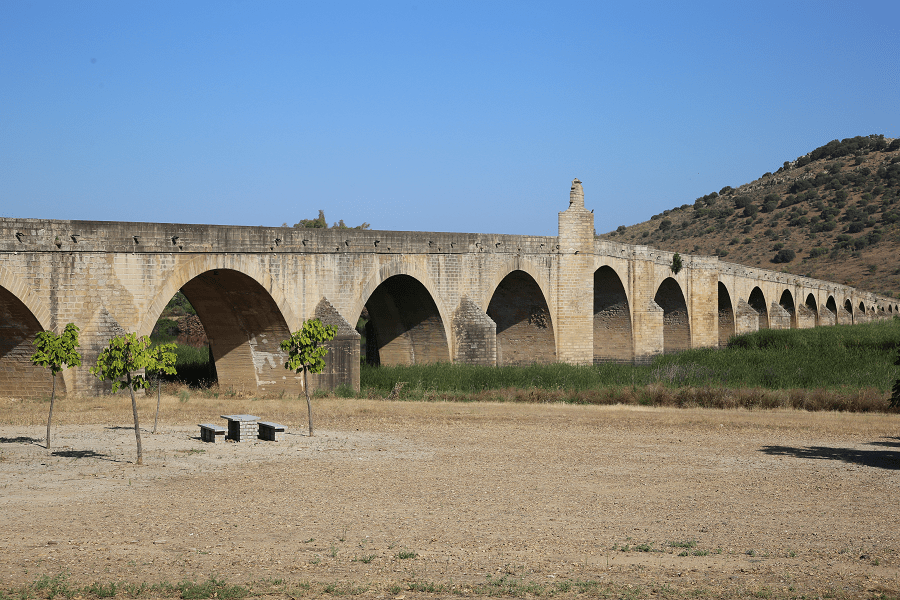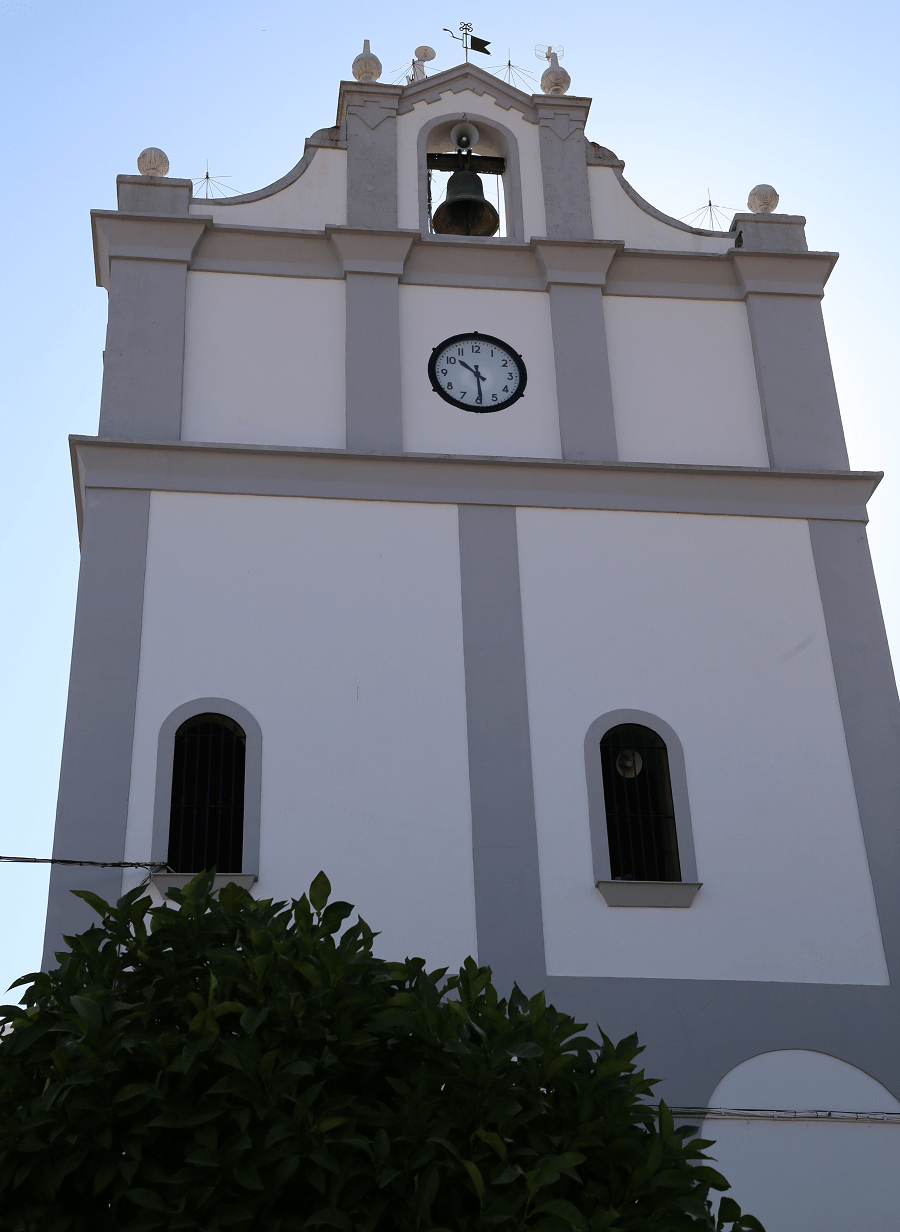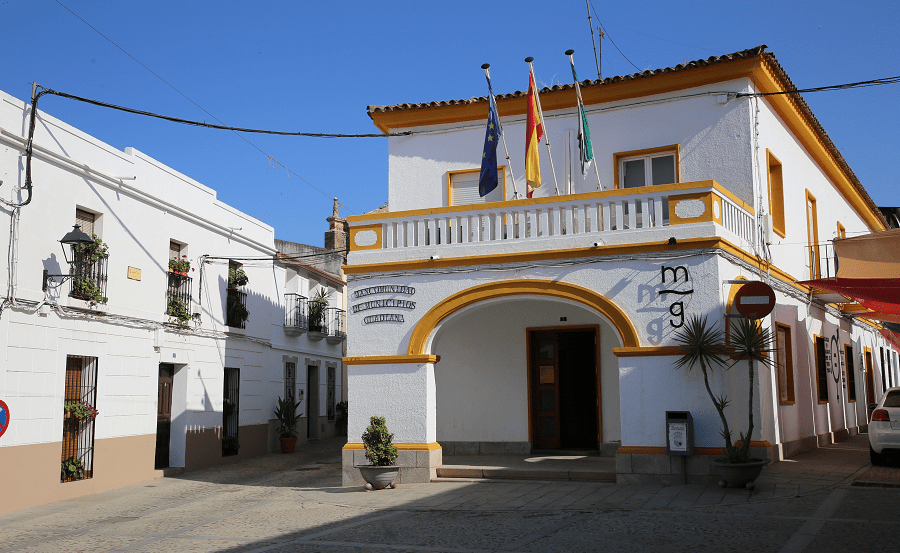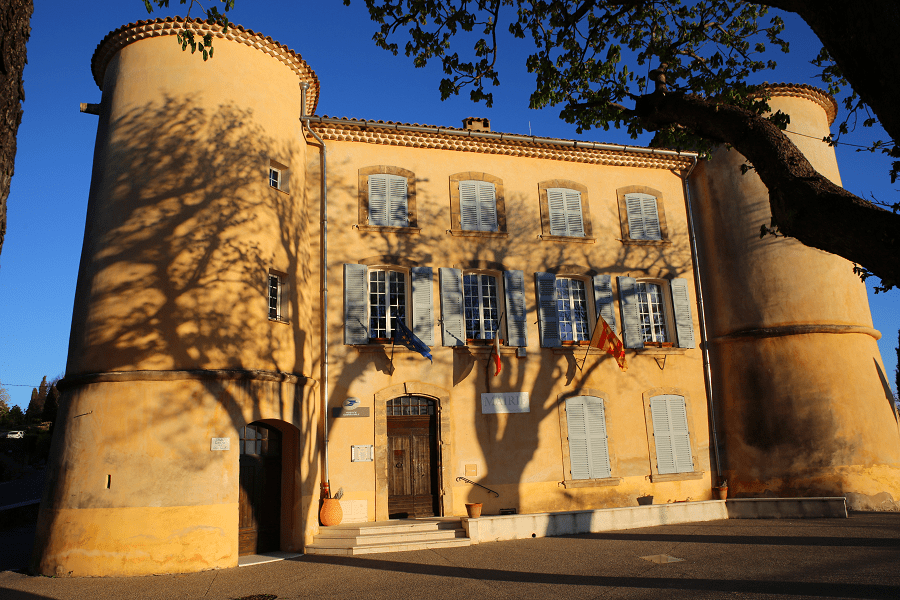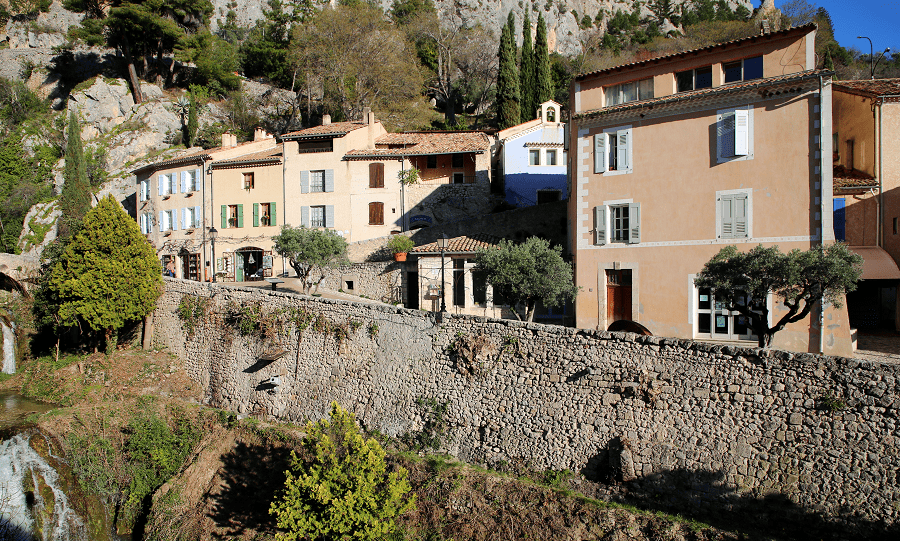Medellín is a municipality belonging to the province of Badajoz, autonomous community of Extremadura (Spain). Of Roman foundation, head of the homonymous county during the Middle Ages and birthplace of Hernán Cortés, Medellín preserves, despite the damage of wars and inclement weather, an important monumental heritage, whose greatest exponents are the Roman theater, the medieval castle and the 17th century bridge over the Guadiana river.
Its economy revolves around a flourishing irrigated agriculture.
Tourism and main attractions
Roman theater, in the process of excavation since 2007. Located on the southern slope of Cerro del Castillo, within the limits of an important archaeological site, whose origins date back to the Late Bronze Age and the Orientalizing period. The architectural study of this theater reflects that it must have had a maximum capacity of around 3,200 spectators.
The archaeological interventions carried out in its enclosure since 2007 have brought to light details of the structure of its bleachers and stage, also recovering a large number of decorative elements, such as the opus sectile of the frons pulpiti, elements of its columnatio and various pieces sculptural.
The materials, techniques and decorations used in its construction have made it possible to date its erection in the late-republican or proto-Agustean times, detecting later reforms from the Claudian period and the 2nd century.
Although the state of conservation of the theater bleachers is exceptional, the situation of its outer perimeter wall is irregular. Much of its section has disappeared, presenting large breaks in the places where the entrance doors are located. The steep slope of the hillside on which it sits causes rainwater and the materials carried by it to affect the wall, eroding it. The seepage and erosion have caused the dissolution of its mortars, the appearance of salt deposits, as well as landslides and deep losses in its masonry.
Medellín Castle is a 13th century fortress, located on a high hill on the left bank of the Guadiana River. It is located on a hill next to the Guadiana river and the town and has an irregular plan approximately that of an ellipse. It was declared a historical-artistic monument, antecedent to the figure of a good of cultural interest on June 3, 1931.
Catholic churches of Santiago (13th and 17th centuries, today the Interpretation Center of the archaeological site), of San Martín (13th and 17th centuries) and the parish church of Santa Cecilia, in the Archdiocese of Merida – Badajoz, Diocese of Plasencia, Arciprestazgo de Don Benito, dates from the (16th century).
The bridge over the Guadiana river, with 20 spans and a central memorial temple. Its origin dates back to the 17th century. The bridge, whose construction would have been completed in 1630 after the deterioration of a previous bridge, has a total of twenty arches along its length.
Portals of the Palace of the Portocarrero (16th century) and the Convent of San Agustín (17th century).
Clock Tower (19th century, old tower of the Puerta de la Villa).
Plaza de Hernán Cortés, with a monument to the eponymous conqueror, the work of Eduardo Barrón (1890).
How to get to?
From Mérida 30 min (41.7 km) via A-5
From Cáceres 1 hr 15 min (111 km) via A-66
From Badajoz 1 hr 8 min (106 km) via A-5
From Madrid 3 hr 8 min (322 km) via A-5
Main information
Area: 65 sq. km (municipality)
Coordinates: 38°58′47″N 5°58′28″W
Population: 2 275
Languages: Spanish
Currency: Euro
Visa: Schengen
Time: Central European UTC +1








